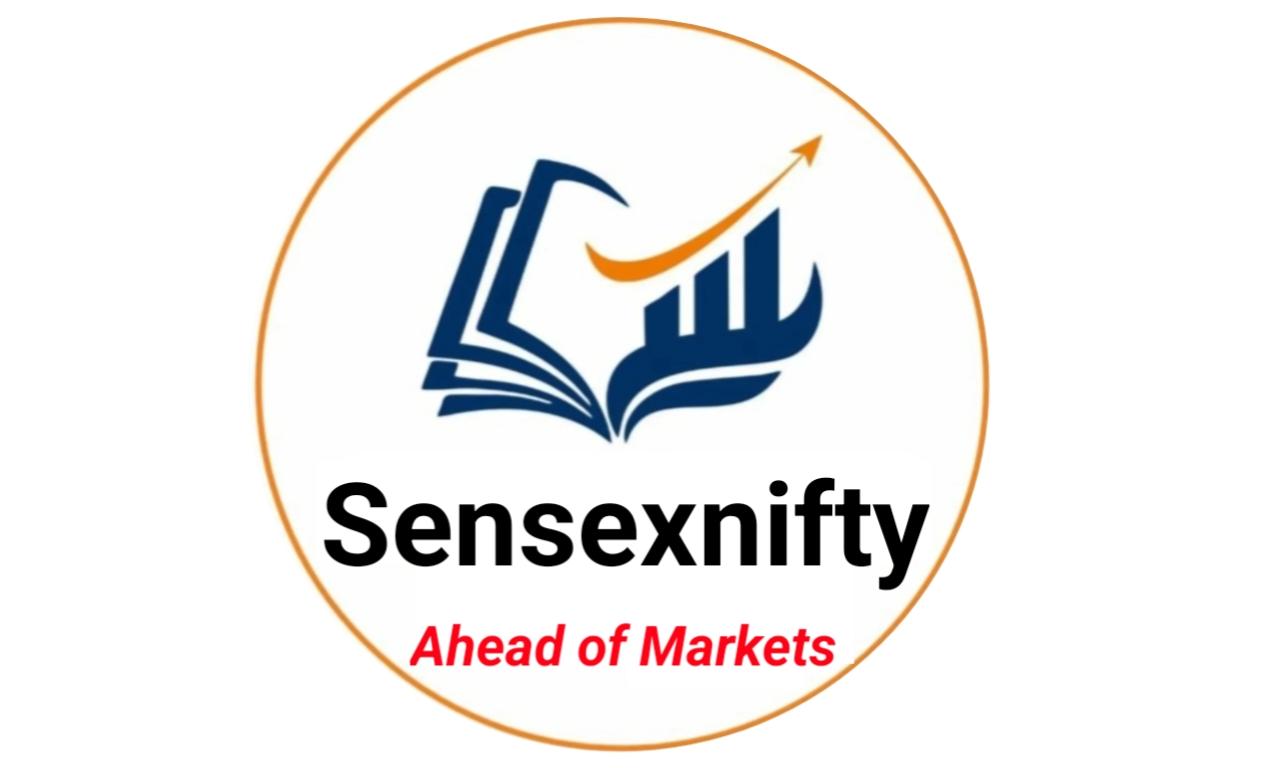
In a historic and unsettling turn of events, the Nasdaq 100 has officially entered a bear market, plunging 6% in a single session—the sharpest drop since March 2020. This marks a pivotal moment as U.S. stocks have now erased a staggering $11 trillion in market capitalization since February 19th, with recession odds now exceeding 60%.
As of today’s close, multiple major global indices have entered bear market territory, including:
1. Nasdaq 100
2. Russell 2000
3. Nikkei 225
4. The Magnificent 7
The S&P 500 has fallen over 10% in just 2 days, an event that’s only happened six times prior in market history—during periods like 2020, 2008, and 1997—all of which were precursors to significant economic turmoil.
Tensions reached a boiling point this week after President Trump’s announcement on April 2nd—termed "Liberation Day"—of reciprocal tariffs. Markets were initially hopeful the tariffs would be capped at 10%, but instead, they were significantly higher, sparking a global market selloff.
By Wednesday, things escalated further: President Trump’s reciprocal tariffs officially took effect, pushing the U.S. effective tariff rate above 25%—its highest level since the early 1900s. This surpasses even the Smoot-Hawley Tariff Act of the 1930s, which many historians and economists cite as a major catalyst of the Great Depression.
If these tariffs persist, economists warn that a recession is no longer avoidable. Historical precedent paints a sobering picture: following Smoot-Hawley, the S&P 500 fell 86% during the Great Depression. While that magnitude is not currently forecasted, tariff hikes are spooking investors across the globe.
Things intensified today as China retaliated with 34% tariffs on U.S. imports, igniting fears of a full-blown trade war. Meanwhile, Federal Reserve Chair Jerome Powell added to investor anxiety by saying he’s "not in a hurry" to cut interest rates despite growing signs of economic distress.
The fallout has been swift and severe. On Thursday, retail investors poured $4.7 billion into U.S. equities, the largest single-day buying spree in 10 years, according to JPMorgan. Ironically, this was the same day hedge funds sold the most stock since 2010, highlighting a major divergence in sentiment. Many analysts now believe that retail investors have been trapped, buying into a falling market while institutional investors run for cover.
The Magnificent 7 Index—representing mega-cap tech stocks—has now plunged 29% from its all-time high, its lowest since the August 5th Yen Carry Trade Collapse. As tech stocks were heavily favored in portfolios, most investors are now down significantly more than the S&P 500’s -13.5% year-to-date decline.
Interestingly, while equities collapsed across the board, Bitcoin showed rare resilience, closing +1% on the day. This was the first instance in 2025 where Bitcoin decoupled from other risky assets. As a result, the Bitcoin-to-Magnificent 7 ratio just hit a record high, suggesting a potential shift in investor trust toward decentralized assets during uncertain times.
From a macro perspective, the new tariffs implemented Wednesday are equivalent to 1.6% of U.S. GDP, a level 50 basis points higher than the 1968 record. Analysts are now forecasting a GDP contraction of between -3% and -4% if the tariffs remain in place long term. Simultaneously, PCE inflation is expected to rise to 4%, driven by increasing import costs and supply chain disruptions.
Investor sentiment has turned sharply negative. According to the American Association of Individual Investors (AAII), 61.9% of investors are now bearish about the next 6 months—the highest reading since March 2009, at the height of the global financial crisis.
Lastly, data from ZeroHedge confirms the S&P 500 has lost $5.4 trillion in market cap over just the last two days—a figure that mirrors the rapid losses seen during March 2020, when the world was thrust into lockdown.
The market's extreme volatility is expected to continue next week, with fear and uncertainty dominating investor behavior. For now, caution and liquidity appear to be the only safe havens in a world turned upside down by tariffs, inflation, and fear of a deep economic downturn.
Disclaimer:
The content provided in this article is for informational purposes only and should not be considered as financial or investment advice. Market conditions can change rapidly. Always consult a professional financial advisor before making investment decisions. Sensexnifty.com and its team bear no responsibility for investment losses related to this content.




